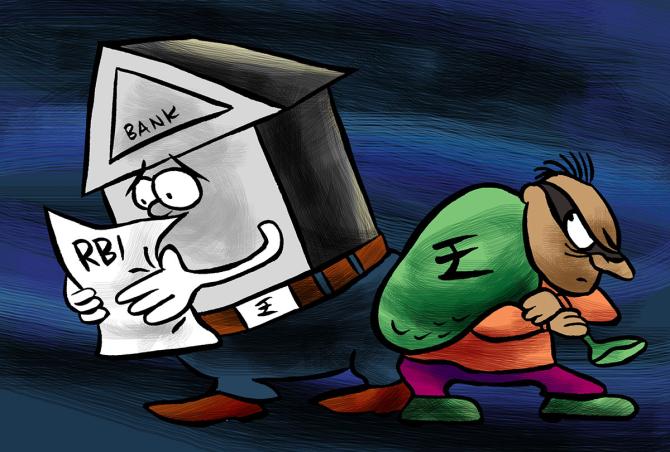Private banks seeing jump in number of online frauds

The total amount of fraud reported by banks showed a drop in 2020-21 — for the first time in eight years — though there is an emerging trend of private sector banks reporting a larger number of frauds related to card and internet banking.
According to the latest data released by the Reserve Bank of India, commercial banks reported Rs 1.38 trillion of frauds in 2020-21, as compared to Rs 1.85 trillion in the previous year.
The first half of the current fiscal year saw banks reporting frauds worth Rs 36,342 crore.
One of the reasons for the sharp rise in reported number of frauds in the last few years is a government directive issued in February 2018, which mandated lenders to probe all non-performing accounts of Rs 50 crore and above for possible fraud and report it to the Central Bureau of Investigation.
As a result, banks have become proactive in declaring frauds, though a process is followed, like conducting forensic audits before a fraud is declared.
The RBI report observed that private banks reported an increasing number of frauds in the previous financial year.
“In 2020-21, there was a marked increase in frauds related to PVBs (private banks), both in terms of number as well as the amount involved.”
RBI said in its annual Trends & Progress report. In the first half of 2021-22, private banks accounted for more than half of the number of reported fraud cases.
However, the share of PSBs was higher, indicating predominance of high value frauds.
While loan related frauds were reported more in case of public sector banks, private banks accounted for a majority of card/ internet and cash-related cases.
In 2020-21, 2,296 card- and internet-related frauds were reported by banks, involving Rs 104 crore.
In the first six months of the fiscal year, the number of such frauds were 1,104, worth Rs 32 crore.
The rising number of frauds related to card transactions and internet banking coincides with a sharp increase in digital lending platforms.
Experts said in the past two years, digital banking grew significantly, along with the channels introduced by the banks for such activities.
“While the number of digital frauds has grown significantly, the value of the incidents is not very high.
“What we need to take cognizance of is the fact that in the past two years, digital transactions have picked up because of Covid, lockdown, etc.
“The increase in the use of digital channels for transactions by customers, on one hand, has contributed to the ease and speed of transactions.
“On the other hand, with evolving and complex business models and increased use of technology, existing fraud risk management frameworks have been introduced to newer challenges,” said KV Karthik, partner, Deloitte India.
The way you tackle cyber fraud is different from the way you tackle loan fraud.
The relatively static compliance or policy-centric approaches to security found in many financial institutions may be outdated.
Today’s industry needs to create a dynamic, intelligence-driven approach to cyber risk management not only to prevent, but also detect, respond to, and recover from the potential damage that results from these attacks.
The pandemic has forced banks to enact significant organisational and operational changes within a short timeframe to avoid service interruptions.
With myriad changes being deployed at the front end but processes and systems possibly remaining untouched which begets the question – have all such changes been assessed for their vulnerability to fraud? Karthik said.
A recent report of an internal working of the RBI found there were approximately 1,100 lending apps available for Indian Android users across 81 application stores (from January 1 to February 28), of which 600 apps were found to be illegal.
Source: Read Full Article

